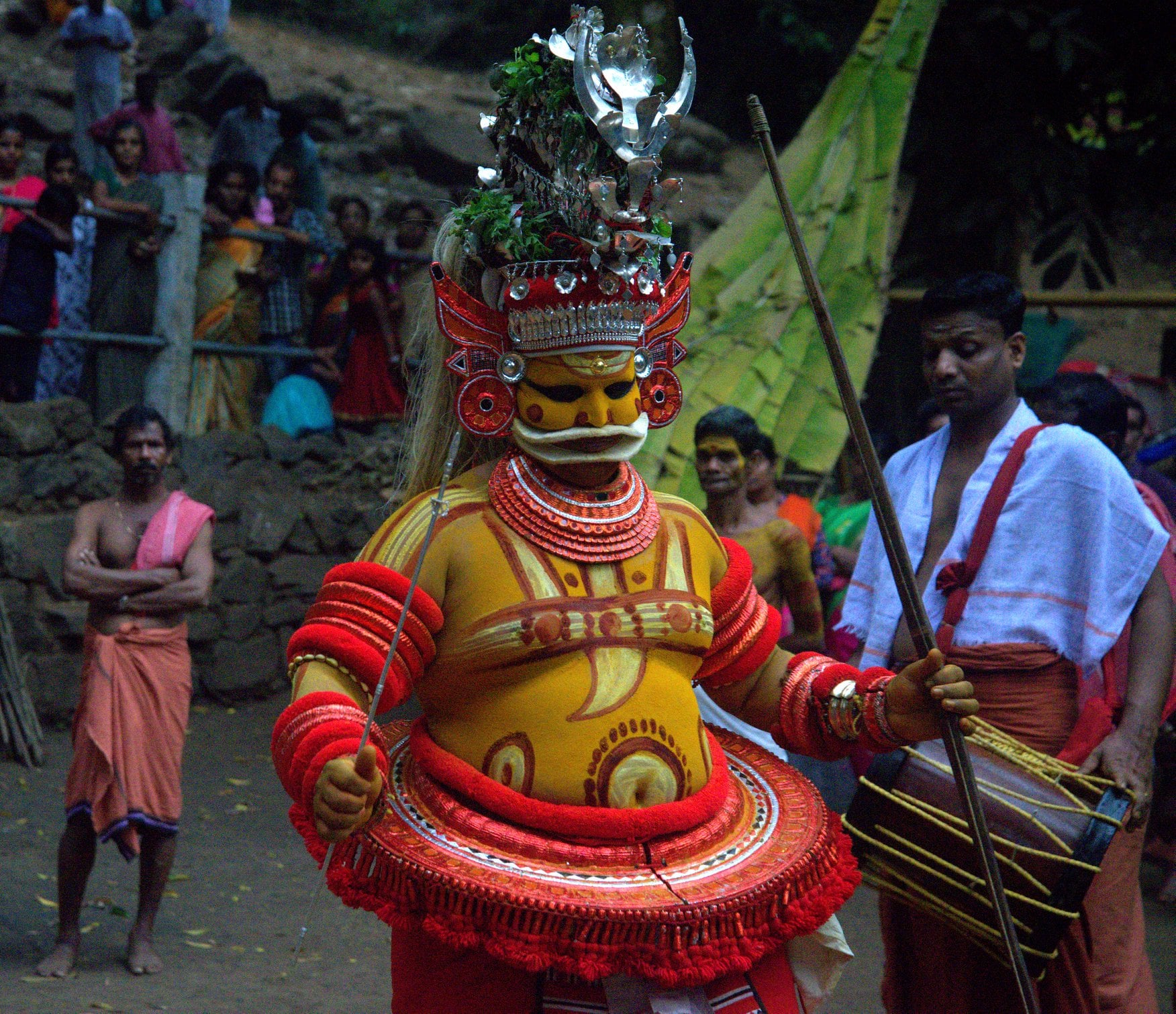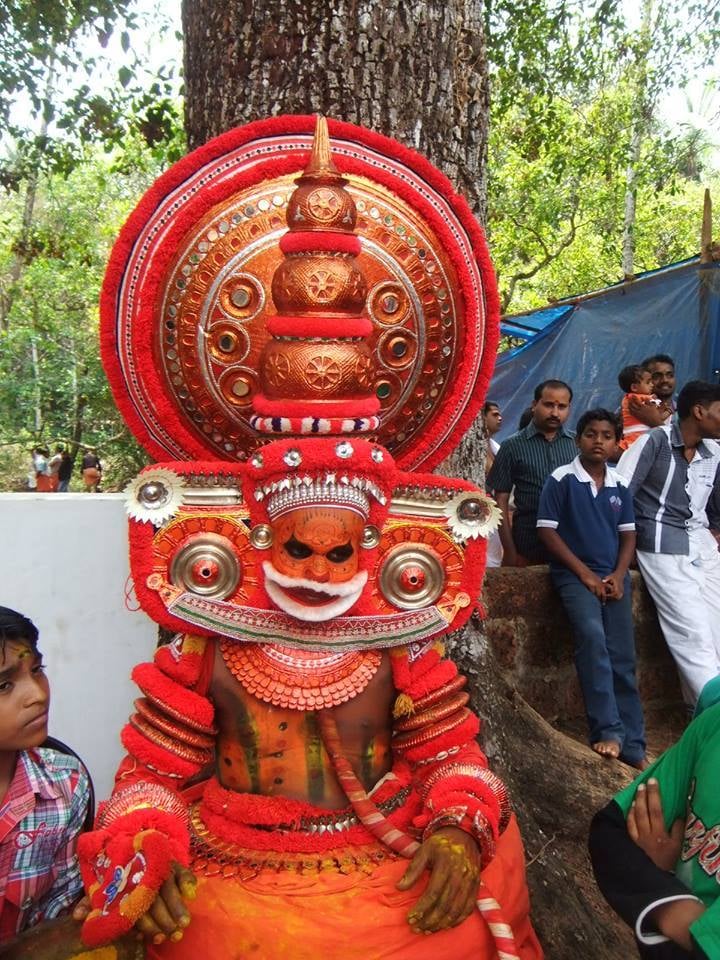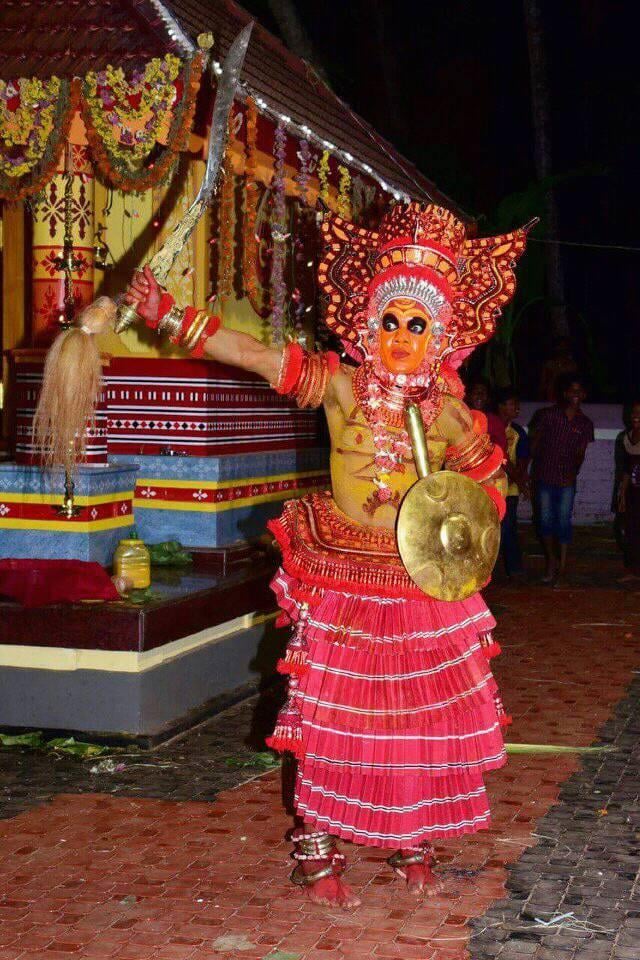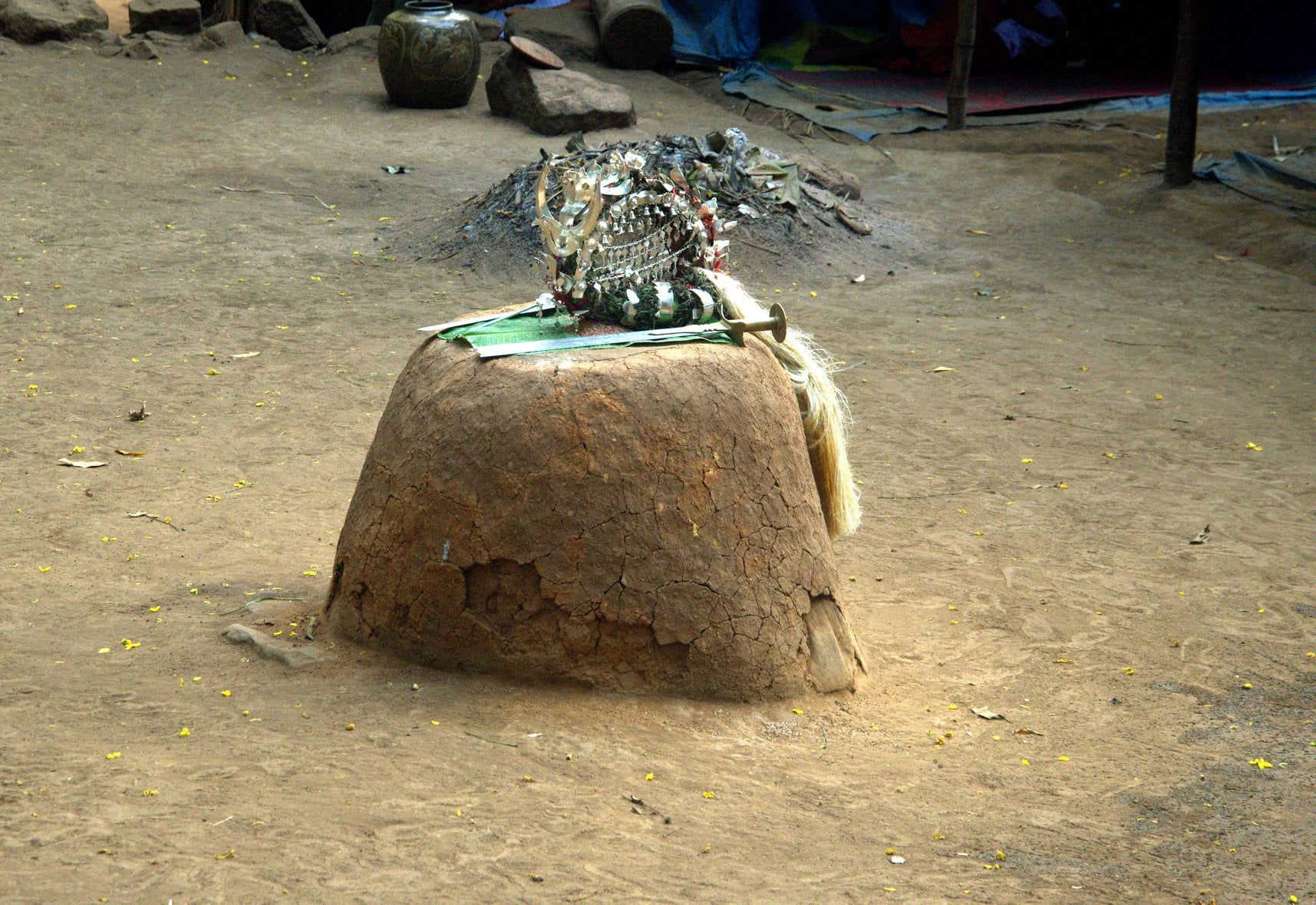Ramanthali inscriptions, also known as the Ezhimala-Narayan Kannur inscriptions, are two significant medieval stone epigraphs discovered in Ramanthali, near Ezhimala in the Kannur district of Kerala.

The first inscription, dated to 929 CE, references Mushika (Ezhimala) ruler Validhara Vikrama Rama and the influential merchant guild Manigramam. The second inscription, dated to 1075 CE, mentions the Alupa king Kunda Alupa. Both inscriptions are composed in old Malayalam using the Vattezhuthu script, with occasional use of Grantha characters.
The first Ramanthali inscription is engraved on a single granite slab located in the courtyard of the Narayankannur Temple. It documents an endowment made in 929 CE by Mushika ruler Validhara Vikrama Rama. In this donation, land is granted for the maintenance of the nanda vilakku (perpetual lamp) and nivedyam (food offerings) to the deity Narasinga Vinnakar Thevar. Notably, the inscription references the "Agreement of Muzhikkulam," a historic accord, and records the appointment of the influential merchant guild *Manigramam* as the guardian of the temple and its affairs.
The second Ramanthali inscription, dated to 1075 CE, is inscribed on the obverse sides of three granite blocks forming the base of the central shrine (*srikoyil*) of the Narayankannur Temple. This inscription marks the second dated record of the Alupa king Kunda Alupa, who likely extended his authority into the northern regions of present-day Kannur district during the 11th century CE. It commemorates the renovation of the temple, including the construction of the deity's image, the central shrine, and associated structures—all of which were built in granite with the support of King Kunda Alupa. Notably, this ruler is also referenced in a Sanskrit inscription dated 1068 CE from the Kadri Manjunatha Temple in Mangalore.
ഏഴിമല നരയൻകണ്ണൂരപ്പൻ ക്ഷേത്രം
കണ്ണൂർ ജില്ലയിലെ ഏഴിമലയിൽ കടലിനോട് ചേർന്ന് സ്ഥിതിചെയ്യുന്ന സുപ്രസിദ്ധമായ ഒരു ക്ഷേത്രമാണ് ഏഴിമല നരയൻകണ്ണൂർ അമ്പലം. പശ്ചിമാഭിമുഖമായി പ്രതിഷ്ഠിച്ചിരിക്കുന്ന നരയൻകണ്ണൂരപ്പൻ, അഥവാ നരസിംഹമൂർത്തി, ആണ് പ്രധാന ദേവത. ക്ഷേത്രത്തിലെ ശ്രീകോവിൽ വൃത്താകൃതിയിലായാണ് നിർമ്മിച്ചിരിക്കുന്നത്, മേൽക്കൂര ഓടുകൾ ഉപയോഗിച്ചാണ് പണിതത്.മഹാദേവൻ, മഹാവിഷ്ണു, ശ്രീകൃഷ്ണൻ, സുദർശന ചക്രം, ഭൂതത്താരീശ്വരൻ എന്നിവയാണ് ക്ഷേത്രത്തിലെ ഉപദേവതകൾ. പിതൃദർപ്പണത്തിൻറെ പ്രത്യേകത കൊണ്ടും ക്ഷേത്രം ശ്രദ്ധേയമാണ്. തുലാമാസത്തിലെ കടലാട്ടു വാവിന്, തീർത്ഥസ്നാനത്തിനും പിതൃതർപ്പണത്തിനും മുൻഭാഗത്തെ കടൽ തീരത്ത് ഭക്തർ എത്തുന്നു.
കടൽ പാപനാശിനി ആണെന്ന വിശ്വാസമുണ്ട്. മുമ്പ് ഇവിടെ നടന്നിരുന്ന ദർശനങ്ങളും കർമങ്ങളുമൊക്കെ ഇന്ന് ഓർമ്മക്കുറിപ്പുകളായി മാത്രം ശേഷിച്ചിരിക്കുന്നു. ക്ഷേത്ര വിഗ്രഹങ്ങളിൽ പലതും ഇപ്പോൾ തകർന്ന നിലയിലാണ്. നരസിംഹമൂർത്തിയുടെ പീഠത്തിൽ കുറെ കരിങ്കൽ കഷ്ണങ്ങൾ മാത്രമാണ് കാണാൻ കഴിയുന്നത്. മഹാവിഷ്ണുവിൻറെ ശില വിഗ്രഹം പൊട്ടിയ നിലയിലാണ്. ഭൂതത്താരീശ്വരന്റെ പ്രതിഷ്ഠ കാൽത്തറയിൽ ഇരുപാട് ആയി പൊളിഞ്ഞ നിലയിൽ കാണപ്പെടുന്നു.
എന്നാൽ ശ്രീകൃഷ്ണൻറെ വിഗ്രഹം മാത്രമാണ് അക്ഷതമായ നിലയിൽ നിലനിൽക്കുന്നത്. ക്ഷേത്രത്തിന്റെ മേൽക്കൂരയും ഇപ്പോൾ ഇല്ലാതായി പോയിരിക്കുന്നു.ഇവയെല്ലാം 1800-കളിൽ ടിപ്പു സുൽത്താന്റെ മലബാർ ആക്രമണകാലത്ത് നശീകരിക്കപ്പെട്ടതായാണ് കണക്കാക്കപ്പെടുന്നത്.
നരയൻകണ്ണൂർ ക്ഷേത്രത്തിന്റെ സോപാനത്തിന്റെ വലതുഭാഗത്ത് വട്ടെഴുത്ത് ലിപിയിൽ രേഖപ്പെടുത്തിയ ഒരു ശിലാഫലകം ഇന്നും നിലകൊണ്ടിരിക്കുന്നു. ഈ ശിലാരേഖ എഴിമല മേഖലയിലെ പൗരാണിക ചരിത്രത്തിന്റെ അതിമൂല്യപ്പെട്ട സാക്ഷ്യമാണ്.



